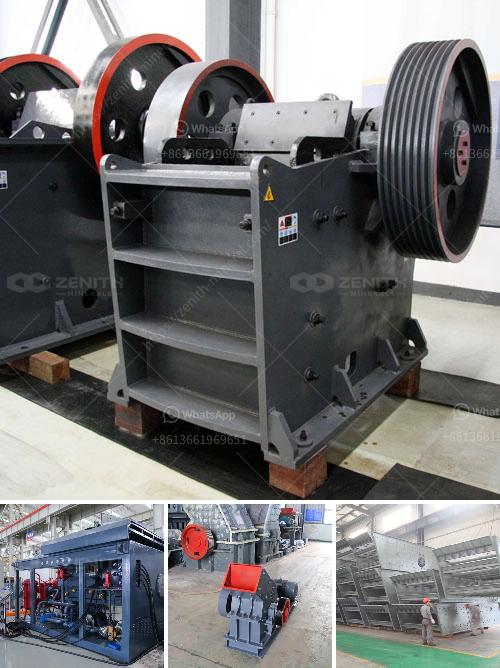Raymond mill and ball mill are two common grinding equipment used in various industries to process materials.
Raymond Mill
- Function: It is primarily used for grinding non-flammable and non-explosive materials with Mohs hardness less than 7 and humidity below 6%, such as barite, calcite, limestone, etc.
- Components:
- Main frame: Houses the grinding rollers and grinding ring.
- Plum frame: Holds the roller assemblies.
- Feed inlet: Where the material to be ground enters the mill.
- Classifier: Separates fine particles from coarser ones.
- Air blower: Provides the necessary airflow through the mill.
- Cyclone collector: Collects the fine particles.
- Air duct: Channels the airflow through the system.
- Process: Material is fed into the grinding chamber, where it is scooped up by the shovel and sent between the grinding roller and the grinding ring. The roller compresses the material, which is then crushed and ground into fine powder. The particles are then blown to the classifier for separation. Fine particles are collected while coarse particles are sent back for further grinding.
Ball Mill
- Function: Widely used for grinding and blending materials, ball mills are suitable for both wet and dry grinding processes. They are used for ores, chemicals, ceramic raw materials, and paints.
- Components:
- Cylinder: A rotating hollow drum.
- Grinding media: Balls (could be steel or ceramic), which aid in breaking and grinding the material.
- Liner: Protects the cylindrical shell and enhances the grinding process.
- Motor and gearbox: Rotate the cylinder.
- Feed chute: Where the material is fed into the mill.
- Discharge port: Where the finished product exits the mill.
- Process: Material is fed into the rotating cylinder, which contains grinding media (balls). As the cylinder rotates, the balls fall upon the material, resulting in impact and attrition forces that grind the substance into fine particles. Depending on the process, the material can either be dry or mixed with a liquid. The size reduction is typically achieved through a combination of impact and wear.
Comparison
- Efficiency: Raymond mills offer a more controlled and consistent product particle size but are limited to less hard materials. Ball mills can handle harder materials and produce ultrafine powders.
- Mechanical Differences: Raymond mills use a vertical orientation for grinding, while ball mills typically use a horizontal one. The grinding mechanism differs significantly, with Raymond mills relying on compression and ball mills on impact and attrition.
Both mills have their unique advantages and are chosen based on the specific needs of the milling process and material characteristics.


